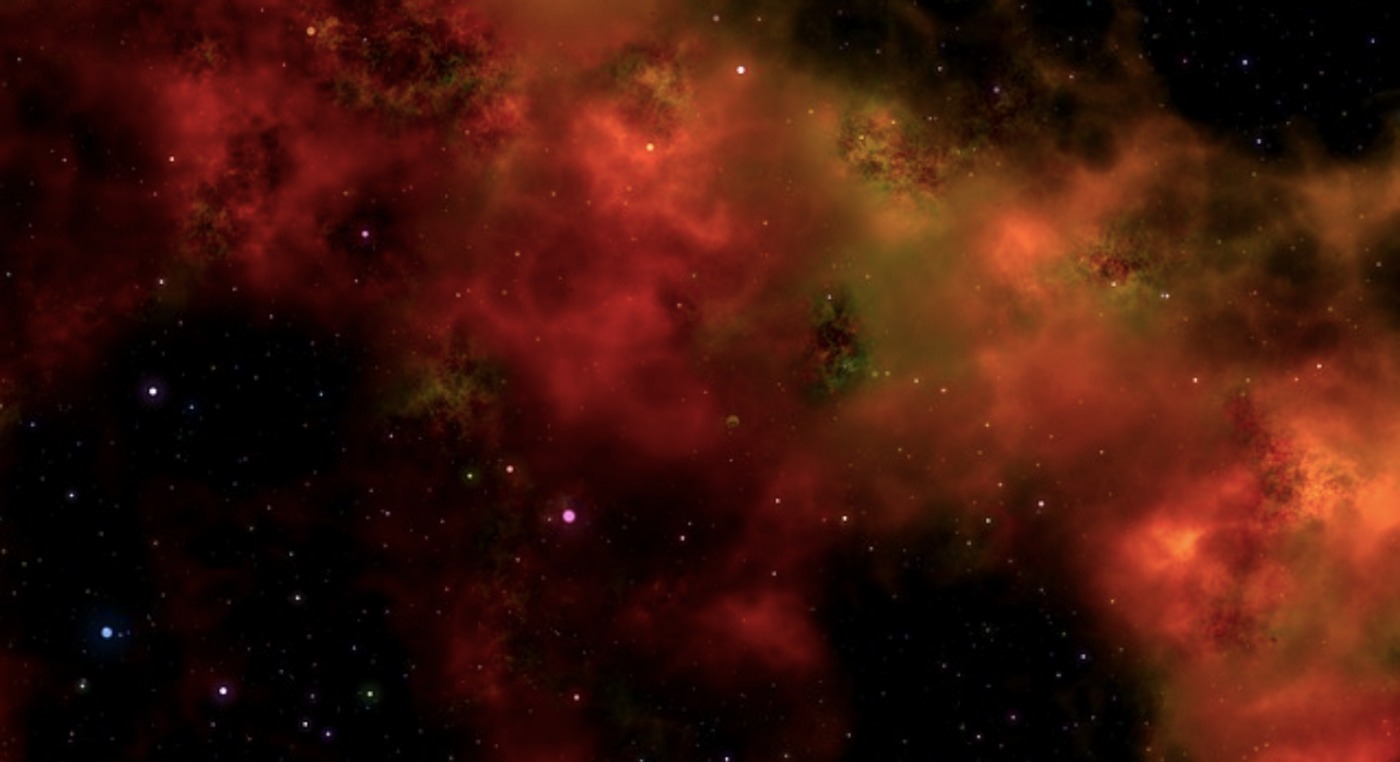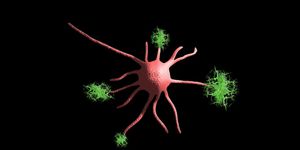Deep Learning Tool Identifies 301 New Exoplanets
Scientists have announced the discovery of a huge number of new planets. The 301 newly identified exoplanets will join 4,569 previously validated exoplanets. The findings have been reported in the Astrophysical Journal. This achievement was made possible by a deep neural network that's been recently developed called ExoMiner. Machine learning is employed in this approach; the network was trained with established data, in which exoplanets have been confirmed with different observations. ExoMiner can now differentiate between exoplanets and 'false positives.'
The data used by ExoMiner was collected by NASA's Kepler spacecraft and a followup mission, K2. There are thousands of stars in the view of an instrument like Kepler, so it generates a massive amount of data. It would be incredibly time-consuming and tedious for people to examine the data, so ExoMiner is used to do the heavy lifting.
ExoMiner doesn't only identify expoplanets, it shows how it came to that conclusion. "Unlike other exoplanet-detecting machine learning programs, ExoMiner isn't a black box; there is no mystery as to why it decides something is a planet or not," explained study co-author Jon Jenkins, an exoplanet scientist at NASA's Ames Research Center in California's Silicon Valley. "We can easily explain which features in the data lead ExoMiner to reject or confirm a planet."
The researchers have confidence in the calls ExoMiner made. "ExoMiner is highly accurate and in some ways more reliable than both existing machine classifiers and the human experts it's meant to emulate because of the biases that come with human labeling," added first study author Hamed Valizadegan, the ExoMiner project lead and machine learning manager with the Universities Space Research Association at Ames.
None of the newly found planets sit in what's considered a habitable zone for life, and none are thought to be similar to Earth. But they do share some characteristics with other exoplanets, and they can tell us more about planets that sit outside of our solar system, noted Jenkins.
Now, the search will continue for more exoplanets, and ExoMiner could be used to assess data from other missions, such as TESS, noted Valizadegan.









